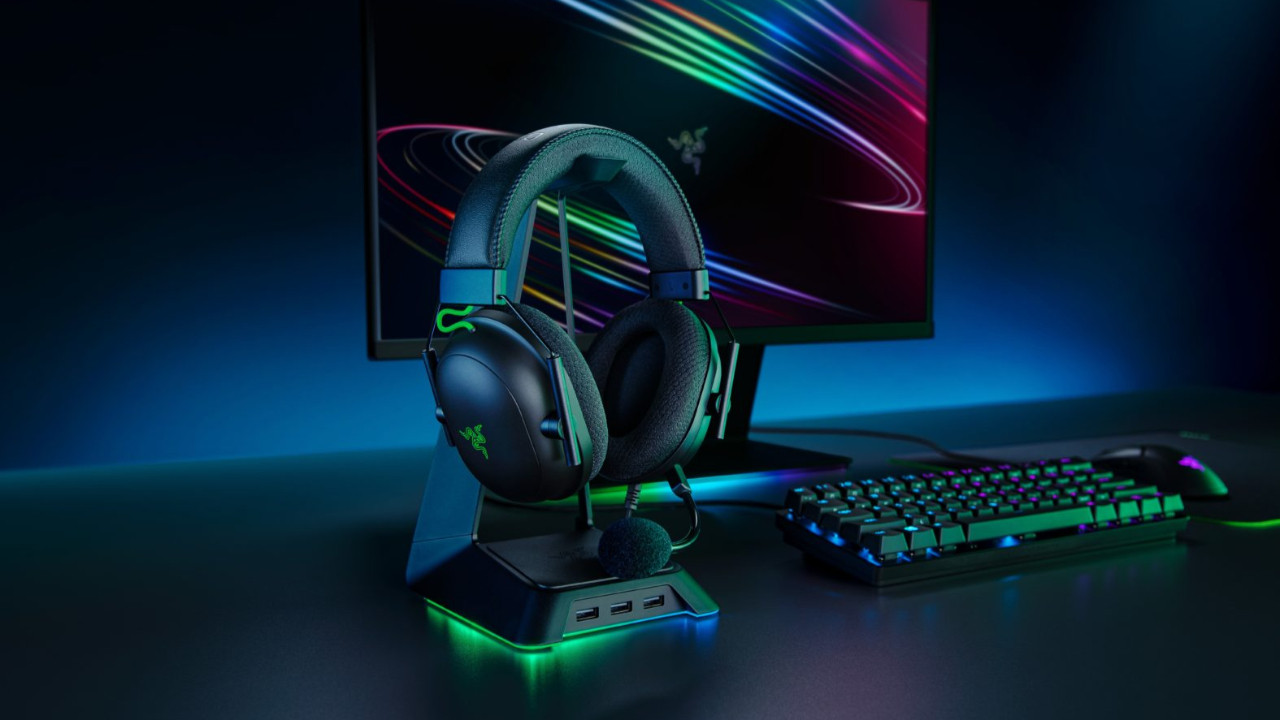It was completed and made available in 730 days
Beethoven’s X., known as an unfinished symphony, will be completed with the involvement of artificial intelligence (MI) and will be shown in October in Bonn, Germany. In an international project initiated by Deutsche Telekom, artificial intelligence composed more than 2 million notes in the composer’s style, and with the help of international experts, the music, which had only existed in sketches, was completed and made available to the world in 730 days. ) The announcement recalls that Beethoven began writing another piece of music in the final years of his life. However, he no longer had the opportunity to finish, he only got to the sketches. On the occasion of the 250th anniversary of the composer’s birth, at Telekom’s encouragement, a group of international scientists, composers, music historians and technologists decided to give it a try and complete the piece from existing melodic initiatives using artificial intelligence. The symphony, created as a result of the joint work of man and MI, will be presented in October this year in Bonn, Germany, the hometown of Beethoven. For the work, MI also learned the composer’s entire oeuvre, creative work method and style, which makes it sound as if we were listening to original Beethoven, even for those familiar with classical music. The development of the system can be attributed to Professor Ahmed Elgammal and Mark Gotham, who compared music to language, and improved the algorithm based on this principle. However, the human factor in the creation of the work cannot be neglected either. The monotonous, mechanical sound of the sequences composed by MI had to be brought to life. After the piece was completed, it was the task of the Austrian composer Walter Werzova to bring his soul into the music, including through changes in tempo. Beethoven’s work is not the first creative product that MI has created. Full versions of Schubert and Mahler’s unfinished pieces, Beatles songs, and even works of fine art can already be attributed to machines, the release said. On October 13, an expert discussion will present the Beethoven X project with the help of music historian Ádám Bősze, Gergely Szertics, Head of Partnership at the National Laboratory for Artificial Intelligence, and Béla Szabó, Brand Communications Director of Magyar Telekom. Richard Nagyfi, an AI expert at Cambridge Mobile Telematics, introduces the audience to the behind-the-scenes of machine composition. Among the professional programs, the duo of Ditta Rohmann and Mihály Berecz will perform the composer’s classics, and the evening will end with a short screening of Symphony No. 10 with organist Cameron Carpenter and the Bonn Philharmonic Orchestra. Participation in the event is free, but registration is required. Hardware, software, tests, curiosities and colorful news from the IT world by clicking here
Note: This article have been indexed to our site. We do not claim legitimacy, ownership or copyright of any of the content above. To see the article at original source Click Here









/cdn.vox-cdn.com/uploads/chorus_asset/file/23926010/acastro_STK050_01.jpg)

